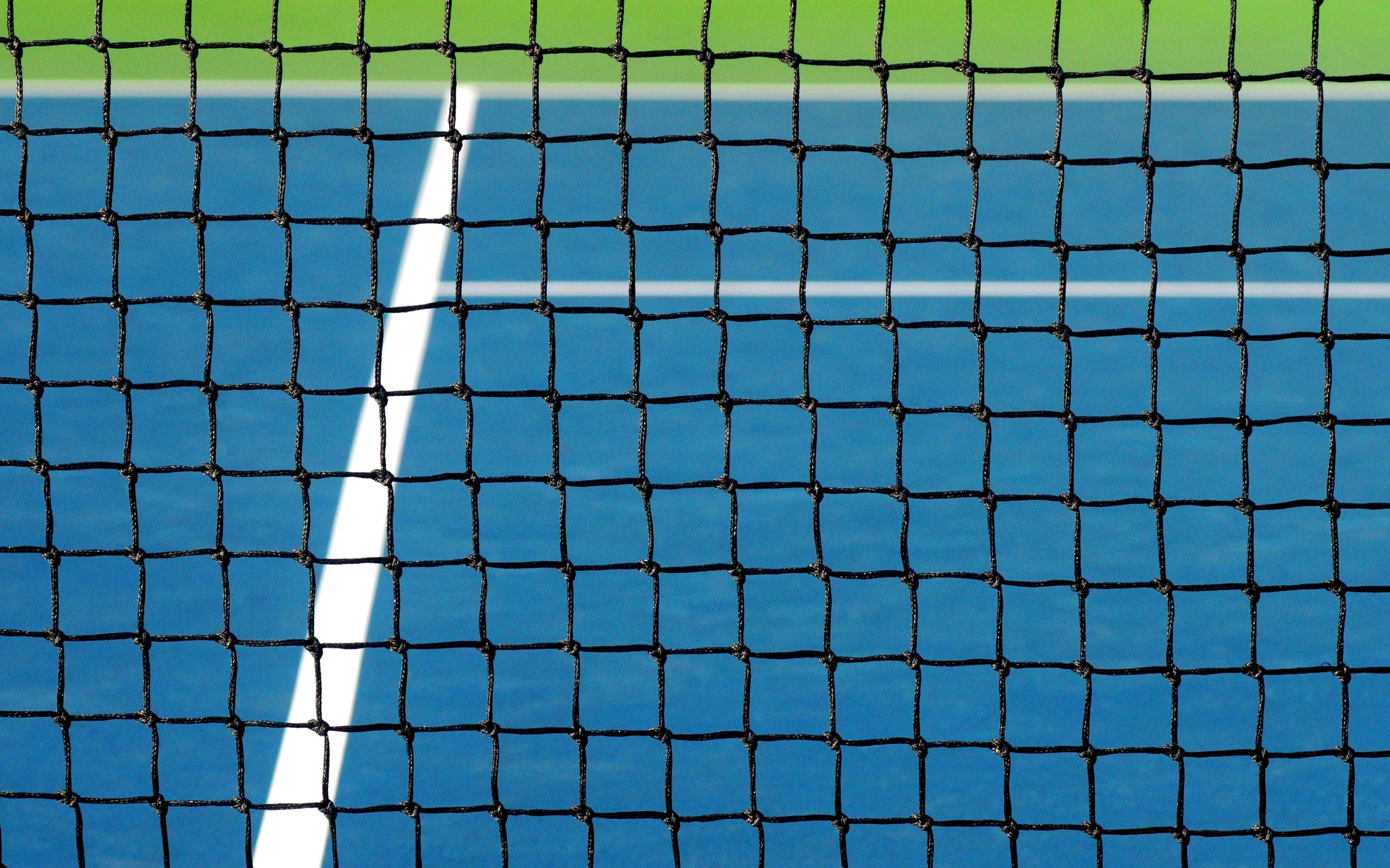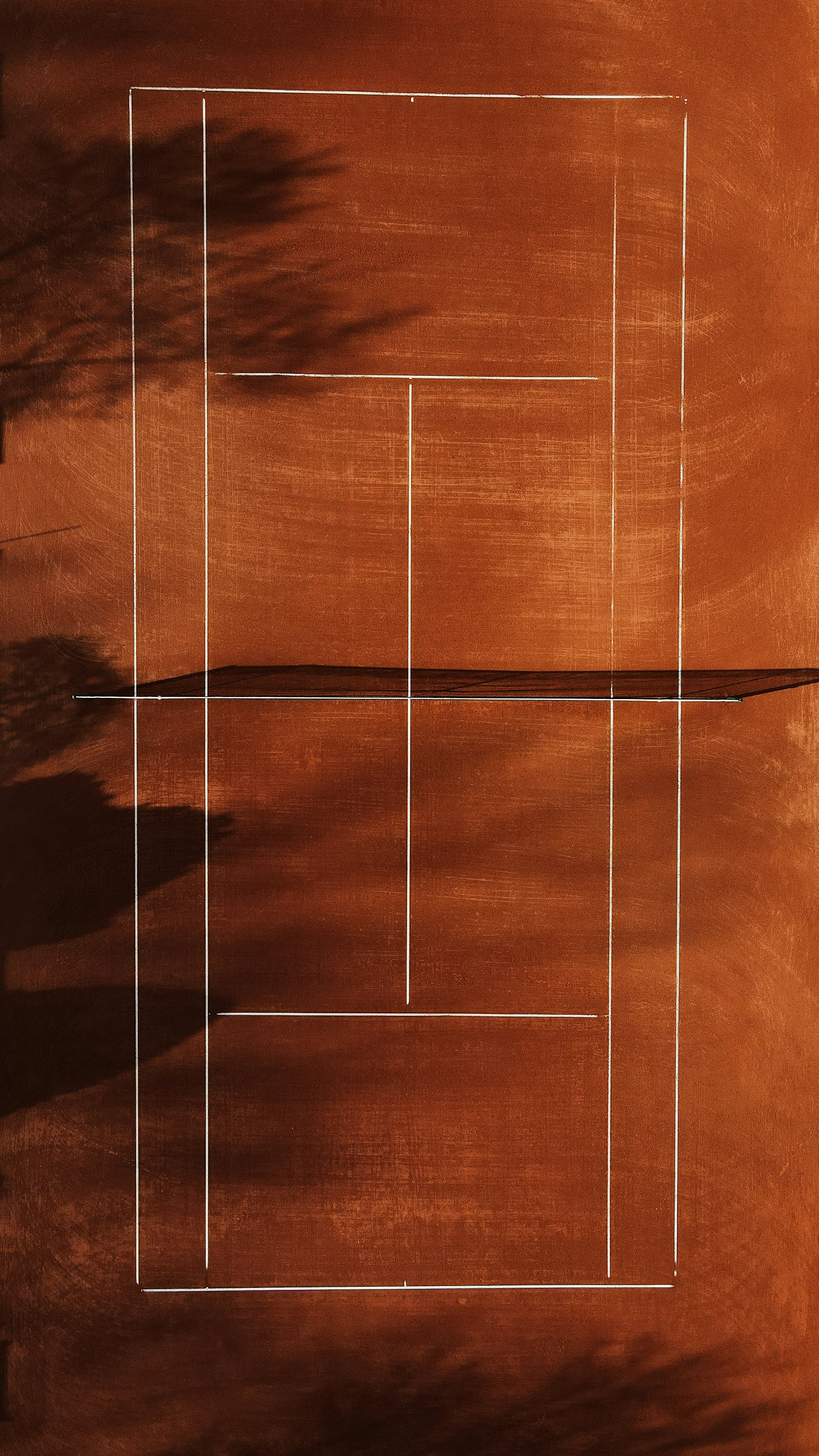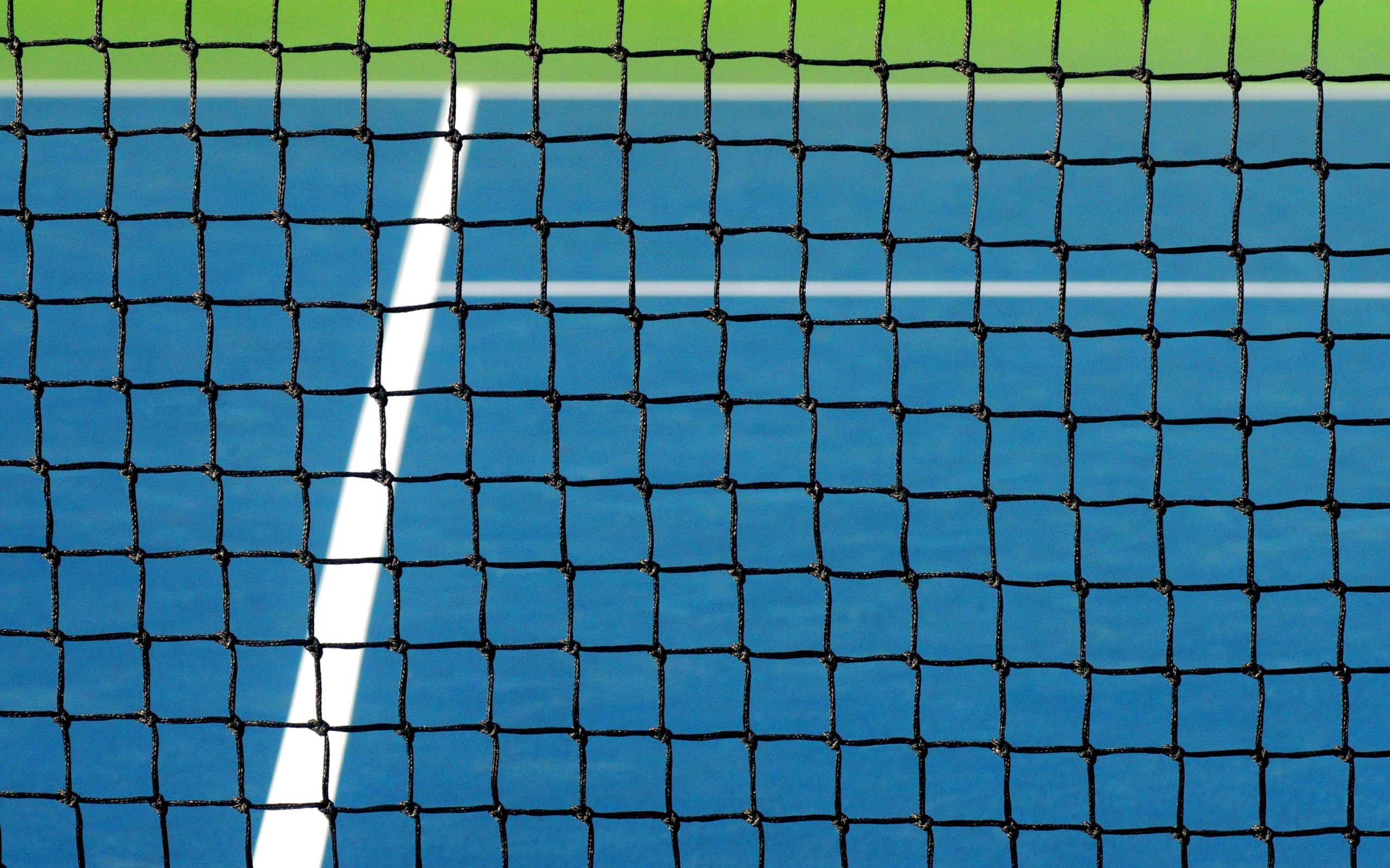What Should You Consider When Choosing Tennis Court Flooring?
Choosing the right tennis court flooring may seem like a simple decision, but it can profoundly impact your game. Whether you’re an avid player or a facility manager, understanding the nuances of different surfaces is essential. The flooring affects everything from ball bounce and traction to player safety and comfort. As you step onto the court, every detail counts in elevating your experience.
With various options available—each offering unique characteristics—it’s crucial to make an informed choice that suits your needs. Let’s dive into what factors should guide you as you select the perfect surface for your tennis court. Your game might just depend on it!
The Importance of Choosing the Right Tennis Court Flooring
Selecting the right tennis court flooring is more than just aesthetics; it significantly impacts gameplay and player performance. The surface determines how the ball behaves, affecting speed and spin during matches.
Different players have varying preferences based on their style. Some may favor a fast game with hard courts that allow for quick rallies, while others might enjoy softer surfaces that provide better shock absorption.
In addition to enhancing playability, choosing the appropriate flooring reduces injury risks. A well-suited surface can protect joints and muscles from unnecessary strain during intense matches.
Moreover, an Tennis Court Flooring ideal court adds value to your property or facility. It attracts players of all levels who seek quality experiences on well-maintained surfaces. Investing in suitable tennis court flooring ultimately leads to more enjoyable games and longer-lasting facilities.
Types of Tennis Court Surfaces
Tennis court surfaces come in various types, each offering unique characteristics and playing experiences. The most common options include hard courts, clay courts, and grass courts.
Hard courts are made from asphalt or concrete and provide a consistent bounce. They are popular for their durability and low maintenance requirements.
Clay courts offer a slower game with a softer surface that can be easier on the joints. Players often enjoy sliding on this surface, which adds an element of strategy to the match.
Grass courts deliver a fast-paced experience with unpredictable bounces due to natural variations in the turf. These surfaces require significant upkeep but bring a classic charm to the sport.
Each type has its own set of advantages and challenges, making it essential to consider personal preferences when selecting tennis court flooring for play.
Factors to Consider When Choosing Tennis Court Flooring

When selecting tennis court flooring, start by considering the type of play. Different surfaces cater to varying playing styles and preferences. Hard courts offer speed and bounce, while clay provides a slower pace and greater control.
Next, think about player safety. Some materials provide better traction than others, which can reduce the risk of slips and injuries during gameplay.
Another important factor is weather resistance. Outdoor courts face environmental challenges that influence longevity. Choosing a surface designed for your climate will save you time and money on repairs.
Consider how much use the court will see. High-traffic areas require durable materials that withstand wear over time without compromising performance or appearance.
Maintenance and Durability
When selecting tennis court flooring, maintenance and durability are crucial elements to consider. Different surfaces require varying levels of upkeep. Hard courts, for instance, need regular cleaning to remove debris and prevent surface degradation.
On the other hand, grass courts demand more attention due to their susceptibility to weather conditions. They can require reseeding or patching throughout the season.
Durability also hinges on material choice. Some options can withstand heavy play without significant wear while others may show signs of damage sooner than expected. Understanding your local climate is key; extreme temperatures can impact longevity as well.
Investing in high-quality materials usually means reduced long-term costs associated with repairs or replacement. Regular inspections help identify minor issues before they escalate into larger problems that could disrupt gameplay or safety on the court.
Cost Comparison

When considering tennis court flooring, cost is a crucial factor. Different surfaces come with varying price tags. For instance, natural grass courts may require a higher initial investment due to the need for irrigation and regular maintenance.
In contrast, clay courts tend to be more affordable upfront but can incur additional costs over time for upkeep and repair. Synthetic surfaces often offer a balance between quality and affordability.
Labor costs also play a Tennis court flooring customization role in the overall expense. Installation of certain materials like asphalt or concrete might demand professional expertise, increasing your initial budget.
Think about long-term value as well. Investing in durable flooring could save money on repairs down the line while enhancing player experience during matches.
Assess what fits best within your financial plan without compromising on quality or performance standards. The right choice today can yield benefits well into the future.
Environmental Impact
When selecting tennis court flooring, environmental impact plays a crucial role. Different materials have varying effects on the planet. For instance, natural grass surfaces may require less synthetic input than artificial options but demand significant water and maintenance.
Sustainable materials like recycled rubber or eco-friendly acrylic alternatives can minimize your carbon footprint. These choices often use fewer resources during production and are usually easier to recycle at the end of their lifespan.
Additionally, consider how these surfaces affect local ecosystems. Some synthetic materials can contribute to heat retention or disrupt drainage patterns, impacting nearby flora and fauna.
Choosing environmentally friendly options not only contributes positively to nature but also promotes a healthier playing experience for athletes by reducing exposure to harmful chemicals found in some traditional court materials.
Conclusion
Choosing the right tennis court flooring is a crucial decision that can impact gameplay, safety, and maintenance. Different surfaces cater to various playing styles and preferences; hence understanding these options helps you make an informed choice.
Consider factors like climate, player experience levels, and intended use when selecting your flooring. The balance between durability and maintenance should also play a significant role in your decision-making process.
Budget constraints shouldn’t overshadow the importance of quality materials. Cheaper options may save money upfront but could lead to higher long-term costs due to frequent repairs or replacements.
With growing awareness about environmental sustainability, opting for eco-friendly materials contributes positively to our planet while still meeting performance expectations.
Taking the time to evaluate all aspects ensures you choose tennis court flooring that enhances both enjoyment and functionality for players at any level.

